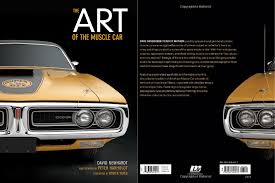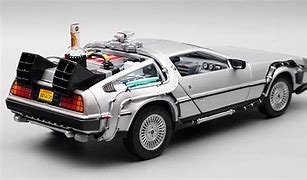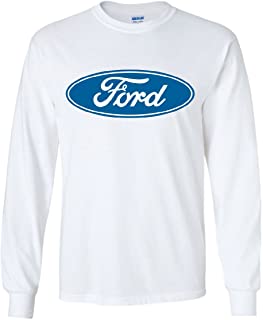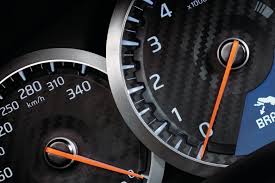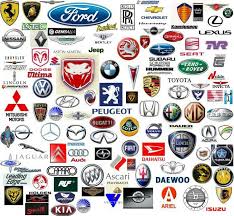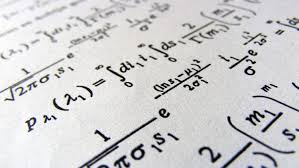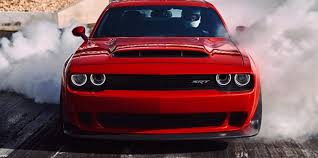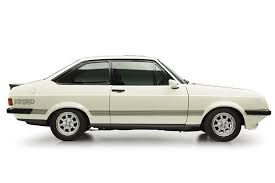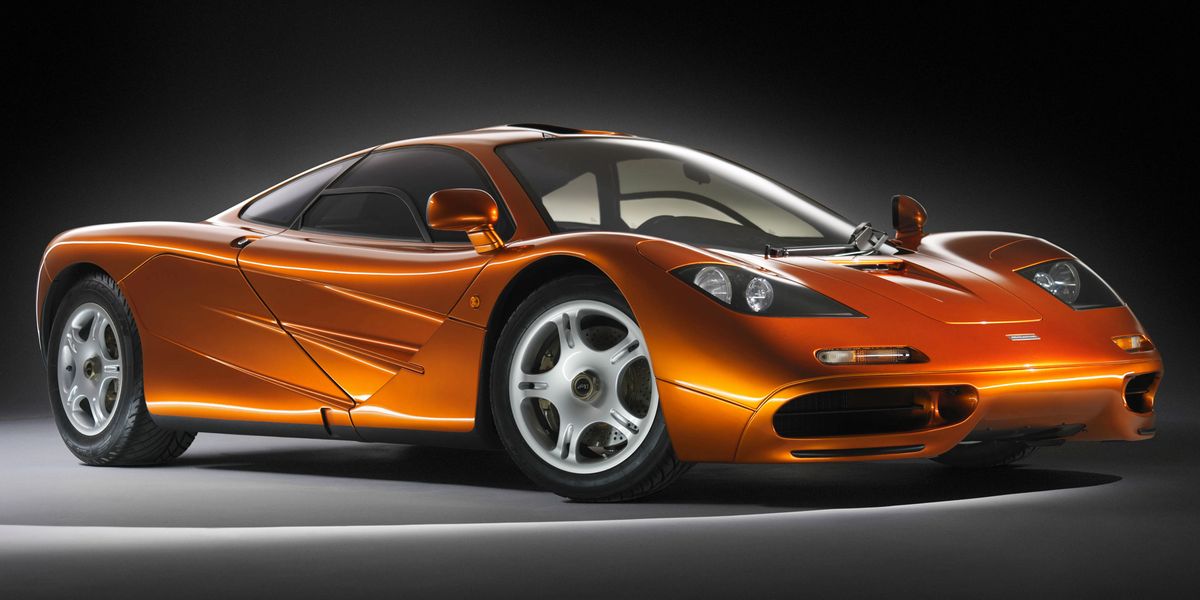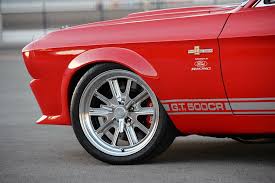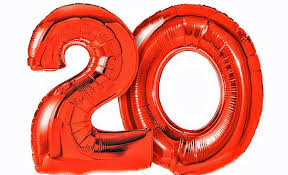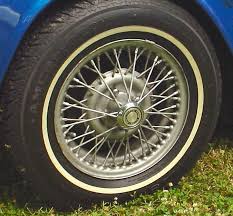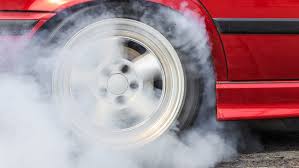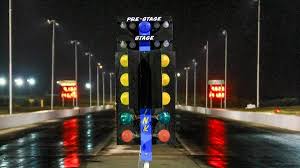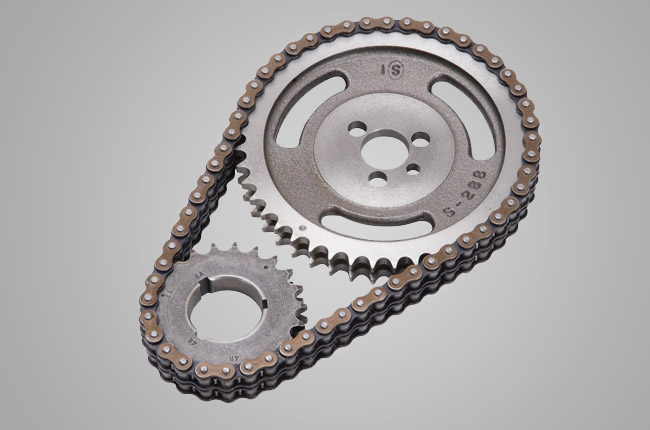
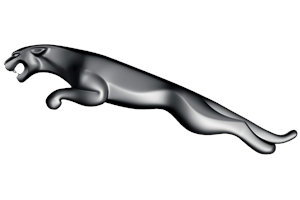

This edition of the Jaguar Mark V 3.5L is the 4 speed / Manual version and was first brought out in 1949. This was at around the same time as the introduction of the 1950 Ferrari 195 Inter and the 1950 Aston-Martin DB2 2.6L.This particular Jaguar Mark V has a 3486cc Naturally Aspirated Petrol powerplant with 6 cylinders in a St formation.
The Mark V shares its Petrol St6 engine configuration with the likes of the 1965 Aston-Martin DB6 1965 and the . If you're looking for other fast cars which share the Mark V's Rear Wheel Drive, Saloon combination then how about the 1982 Fiat X1/9 1.5 8V or the 1965 Aston-Martin DB6 1965.
Weighing in at 1767 kgs (3895 lbs) this makes the Jaguar Mark V 3.5L in the same weight category as the 2023 Lamborghini Revuelto 6.5 V12 Petrol Hybrid or the give or take 50kg.
![Mini Cooper Countryman John Cooper Works 1.5 Turbo - [2022] image Mini Cooper Countryman John Cooper Works 1.5 Turbo - [2022] image](/editionimages/2335.jpg)
The Jaguar Mark V shares the same bhp with the 2022 Mini Cooper Countryman John Cooper Works 1.5 Turbo (134 bhp)
In terms of power the 3486cc 12V St6 engine produces 120 bhp (89 kW) @ 4500 rpm similar to the 2022 Mini Cooper Countryman John Cooper Works 1.5 Turbo (134 bhp) or the 2017 Ford Fiesta 1.5 TDCi ST-Line 120 (118 bhp).
The Naturally Aspirated St6 throws out 180 lb-ft (244.0 Nm) @ 2300 rpm placing it with cars of similar torque performance figures such as the 2022 Mini Cooper Countryman John Cooper Works 1.5 Turbo (162 lb-ft) or the 2020 Abarth 695 70th Anniversario 1.4 Turbo (184 lb-ft).
If one combines the weight with power or torque performance for the Jaguar Mark V you can get a better idea of it's real world performance.
The Jaguar Mark V has a Power to weight ratio of 67.9 bhp per ton and 101.8 lb-ft per ton. Bhp Per Ton figures of the 1949 Mark V competing with the 1969 Ford Capri 2000 GT (92.7 bhp per ton) or the 1993 Bentley Brooklands 4d (92.6 bhp per ton).
If you agree with the late great Carroll Shelby then arguably an even better indicator of potential performance, Torque. Use weight as well and you end up with - Torque per ton, with the Jaguar Mark V generating around 101.8 lb-ft per ton. If you're curious as to what other cars have as much torque to weight then look no further than the 2010 Vauxhall-Opel Corsa 1.6 VXR OPC (126.7 lb-ft per ton) or the 1991 Audi 80 2.8 E V6 Quattro (126.5 lb-ft per ton).
With a 0-60mph time of 18.90 secs or a 0-100km/h (0-62mph) of 19.5 secs, this made the Jaguar Mark V 3.5L as fast as the 1939 Aston-Martin Atom 2.0L (19.00 secs) the 1953 Ford F-100 4.5 V8 (20.00 secs) the 1996 Hummer H1 6.5 V8 2 Door (20.10 secs) the or the 1950 Ford Zephyr 2.2 12v (21.10 secs). This Jaguar Mark V 3.5L is also faster than the 1939 Aston-Martin Atom 2.0L (19.00 secs) the 1953 Ford F-100 4.5 V8 (20.00 secs) the 1996 Hummer H1 6.5 V8 2 Door (20.10 secs) the and the 1950 Ford Zephyr 2.2 12v (21.10 secs).
![Volvo C70 2.5 T5 Coupe Convertible Sport - [2006] image Volvo C70 2.5 T5 Coupe Convertible Sport - [2006] image](/editionimages/603.jpg)
Quarter Mile time is a close race between the Mark V and the 2006 Volvo C70 2.5 T5 Coupe Convertible Sport
When talking about the performance of the Jaguar Mark V on the drag strip it can reach a quarter mile in an estimated 19.98 secs @ 68.5 mph. Similar performance down the quarter mile can be found with the the 2006 Volvo C70 2.5 T5 Coupe Convertible Sport (19.90 secs), the 1971 Ford Capri Mk1 RS2600 (19.90 secs), and the 2001 BMW 3 Series 330ci E46 (19.91 secs).
Modern performance cars are often artificially restricted to 155mph. The 1949 version of the Jaguar Mark V 3.5L has a maximum speed of 91mph.
If maxing out your car on the AutoBahn is your thing and you're wondering what's faster than the 1949 Jaguar Mark V 3.5L then how about the 1982 Renault 11 GTX (102 mph), the 1968 Dodge Dart Hemi 7.0 V8 (102 mph), or the 1954 Jaguar Mark VII 3.4L 12v (102 mph).




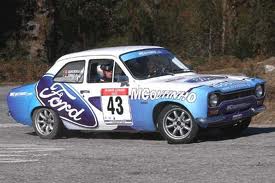

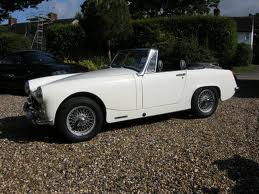
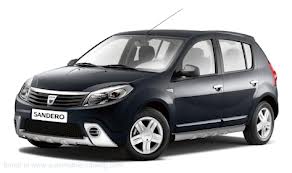
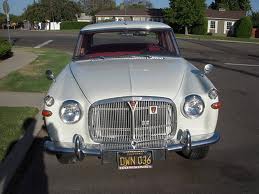

Ultima GTR 5.7
Engine: Naturally Aspirated Petrol | 5666cc 16v V8
Top Speed: 157 mph
0-60mph: 3.30 seconds
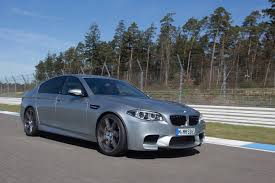
BMW 5 Series M5 Competition Pack F10
Engine: Turbo Petrol | 4395cc 32v V8
Top Speed: 249.4 kph
0-100kph: 4.2 seconds
